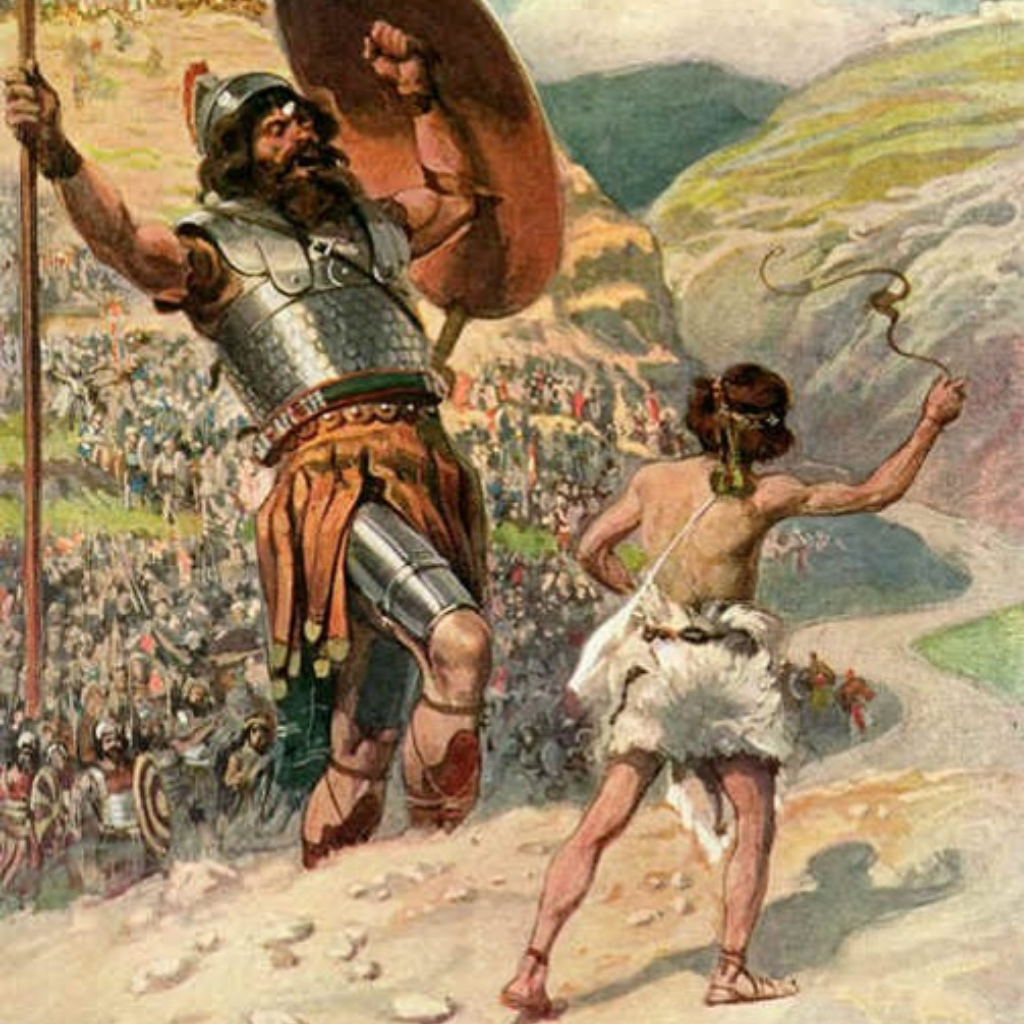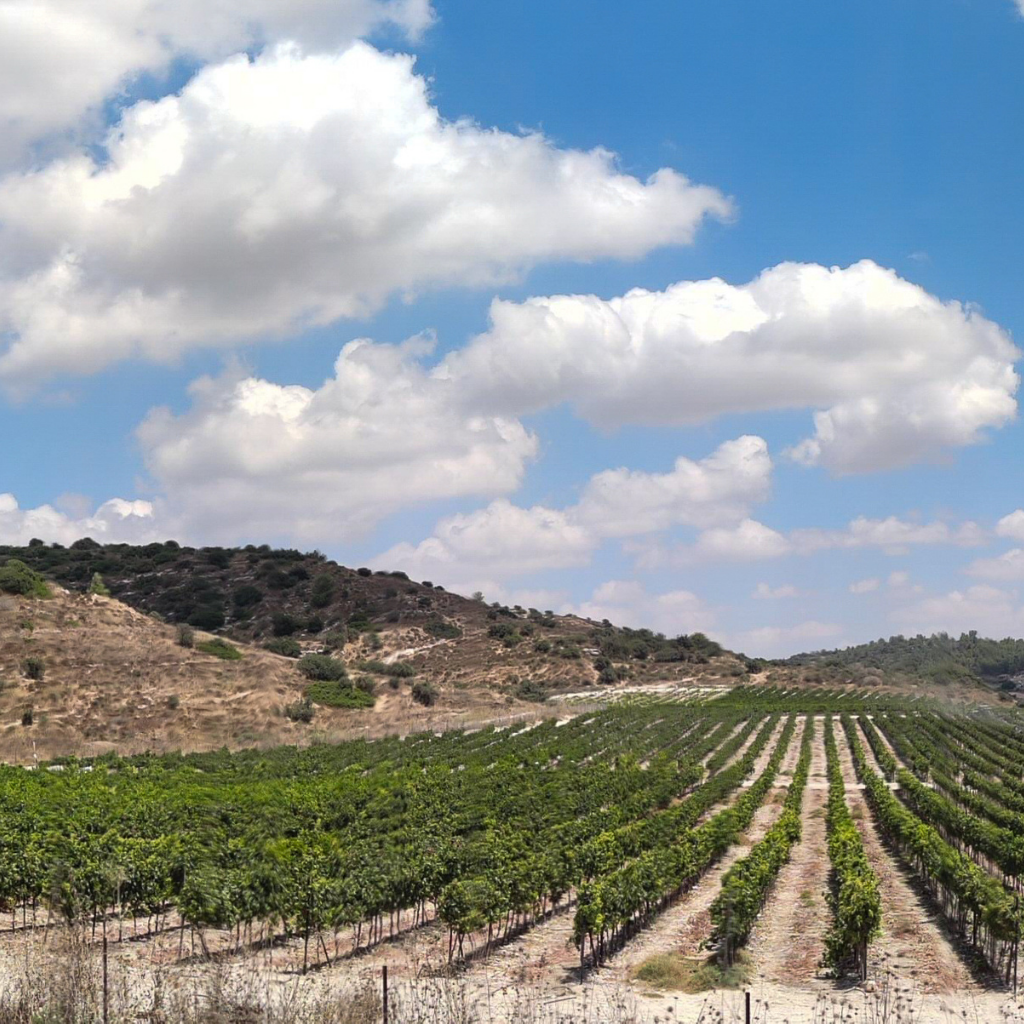Our winery
Our philosophy:
From ancient times to the present day, there is no other product that has accumulated around it so much cultural, social, and historical value as wine.
The depth of the meanings and layers, among other things, is due to the great complexity of the wine production process, which is influenced by countless components, only some of which are controlled by the winemaker.
Principles that guide our work at the winery:
The science and art of it
Wine production is first and foremost an art, and only then a science.
Wine is a living and breathing thing, changing and growing, which, like a human being, does not have to be fully understood. On the contrary, a good wine leaves some room for mystery and surprises.
Production of wine requires not only knowledge, but also good senses are needed
There are so many variables involved in the process that it is difficult to know which one of them is making an impact.
We learn on a continuous basis – we get to know every vineyard and every plot. This is an ongoing process that has been going on for a long time. In each harvest we understand a little more and are still surprised to discover new things.
Accepting diversity
Wine is not an industrial product but a completely natural product. Therefore, no two wines are ever the same, and no two vintages are the same.
The differences start with the grape itself, which changes every year, every day, and every hour. Even in the fermentation process anything can happen – you know what goes in, but not exactly what comes out. That is why one must accept diversity and love it.
Let the variety do the talking
Each grape variety has its own beauty and character. The role of the winemaker is to preserve these characteristics in order to let the wine be itself in the best possible way, to allow for the variety to express itself, to preserve its original taste, and not try to produce something else from it.
The area should also be accounted for and accepted. We are neither in the Negev nor in the Galilee, neither in Tuscany nor in California. This is the Ella Valley, with its own land and climate.
Our ambition is to bring out the best of our region, vines, uniqueness, and diversity.
The Elegance
Elegance is the trait that most characterizes our wines: on the one hand, proper restraint and balance between all the components of taste, aroma and color, which must be precise to the variety and region; On the other hand, as in clothing, you also need something creative, surprising and interesting, which sometimes deviates from the rules.
An elegant wine is a “wide” wine that slowly releases the flavors and reveals new things to you as it passes through the nose, tongue, and palate, creating a complex experience.
Elegance is also expressed in the way the wine ages, matures and improves.


A bit of history:
Ella Valley in ancient times
The Ella Valley, which connects the lowlands to the Judean Mountains, has been inhabited since ancient times, as evidenced by the remains of the settlements, the winepresses, and the many agricultural terraces.
Humans lived in it as early as the Chalcolithic period (4,000-3,000 BC) and produced pottery, as well as, presumably, wine from wild grapes as well.
The length of the valley runs about seven km and, in its center, runs the Ella River, which flows only during the winter months. The valley is named after the impressive Ella trees that are still found in it.
In Arabic it is called Wadi a-Sant, after the bleached acacia trees that can be seen on the way to the winery.
The valley excels in fertile soil, abundant springs, and a central location that allowed it to supply its produce to the cities of the lowlands and the mountain alike.
The valley has a long history of growing vineyards and producing wine. The first winepresses appear around the year 3,300 BC, and wine jars from the area were found in the tombs of the pharaohs of the first and second dynasties. The vineyards and the wines of the Land of Israel are also mentioned in Egyptian and Roman documents.
Biblical period
As soon as Noah left the arc, he planted a vineyard and even got drunk. Henceforth the Bible abounds in mentions of vines, vineyards and wines, as an integral part of daily life, of the religious worship and of the cultural and social world of our ancestors.
The vine is one of the seven species that our country has been blessed with, as has the olive.
On many accounts wine and oil are mentioned together, as the conditions required for growing olive and vineyards are very similar.
Our land has been blessed with a climate and soil suitable for both, especially in the area of Judah, as the blessing of Jacob to his son Judah testifies: Wash in wine his garment, and in the blood of grapes he stumbles. Blue eyes, wine; And white, milk (Genesis Matt)
The Ella Valley served as a strategic junction for the main roads connecting the coastal plain to the Judean Mountains, Jerusalem, Bethlehem and Hebron.
The main cities in it were Azekah, Sokho and Adullam, which were already mentioned in the days of the conquest of the land by Joshua. The Ella Valley was located on the “seam line” between the Israelis and the Philistines and served as a backdrop for many events described in the books of Judges and Samuel.
This is where the hero Samson was born and worked, and this is where David fought Goliath. The battle took place between Sokho and Azekah, today two mounds (Sokho mound known as Turmusim Hill’) not far from the winery.
The valley also continues to star in the Book of Kings and the story of the Babylonian conquest of the land by Nebuchadnezzar, and Azekah was mentioned in the “Lachish Letters” from that period.
After the Return to Zion, the book of Nehemiah tells of the re-establishment of Zanoah, Adullam, Lachish and Azekah.
For more information on wine in the Bible:
Wine will make a human heart happy by Yochanan Ben Yaakov, on the website
Kerem was to my friend by Yochanan Ben Yaakov, on the website

|
Our winery: Our philosophy: From ancient times to the present day, there is no other product that has accumulated around it so much cultural, social, and historical value as wine.
Principles that guide our work at the winery: The science and art of it Wine production is first and foremost an art, and only then a science. Wine is a living and breathing thing, changing and growing, which, like a human being, does not have to be fully understood. On the contrary, a good wine leaves some room for mystery and surprises. There are so many variables involved in the process that it is difficult to know which one of them is making an impact.
Accepting diversity Wine is not an industrial product but a completely natural product. Therefore, no two wines are ever the same, and no two vintages are the same.
Let the variety do the talking Each grape variety has its own beauty and character. The role of the winemaker is to preserve these characteristics in order to let the wine be itself in the best possible way, to allow for the variety to express itself, to preserve its original taste, and not try to produce something else from it.
The Elegance Elegance is the trait that most characterizes our wines: on the one hand, proper restraint and balance between all the components of taste, aroma and color, which must be precise to the variety and region; On the other hand, as in clothing, you also need something creative, surprising and interesting, which sometimes deviates from the rules. An elegant wine is a “wide” wine that slowly releases the flavors and reveals new things to you as it passes through the nose, tongue, and palate, creating a complex experience.
A bit of history: Ella Valley in ancient times The Ella Valley, which connects the lowlands to the Judean Mountains, has been inhabited since ancient times, as evidenced by the remains of the settlements, the winepresses, and the many agricultural terraces. The length of the valley runs about seven km and, in its center, runs the Ella River, which flows only during the winter months. The valley is named after the impressive Ella trees that are still found in it. In Arabic it is called Wadi a-Sant, after the bleached acacia trees that can be seen on the way to the winery.
The valley excels in fertile soil, abundant springs, and a central location that allowed it to supply its produce to the cities of the lowlands and the mountain alike.
Biblical period As soon as Noah left the arc, he planted a vineyard and even got drunk. Henceforth the Bible abounds in mentions of vines, vineyards and wines, as an integral part of daily life, of the religious worship and of the cultural and social world of our ancestors. The vine is one of the seven species that our country has been blessed with, as has the olive. The Ella Valley served as a strategic junction for the main roads connecting the coastal plain to the Judean Mountains, Jerusalem, Bethlehem and Hebron. The valley also continues to star in the Book of Kings and the story of the Babylonian conquest of the land by Nebuchadnezzar, and Azekah was mentioned in the “Lachish Letters” from that period. For more information on wine in the Bible: Wine will make a human heart happy by Yochanan Ben Yaakov, on the website Kerem was to my friend by Yochanan Ben Yaakov, on the website
The Greek and Roman periods After the destruction of the First Temple, an Edomian, Sidonian, and Greek population arrived in the area, centered on the city of Maresha. The city was known for producing olive oil and its inhabitants dug impressive caves in the soft chalk soil, like the bell cave in Beit Guvrin.
The city was destroyed during the Great Revolt and a Roman settlement called Beit Latfa was built in its place. Remains of a Roman road inn were also found near the Adullam junction.
During the Great Revolt (66 AD) fierce battles took place in the area that were initially crowned with success until the rebels were subdued by Vespasian. This was also the case during the Bar Kochba revolt, which made extensive use of the hiding caves in the area. To suppress the revolt came the emperor Hadrian (130 AD) and in his honor a road was paved from Ashkelon to Jerusalem. In this valley, milestones and rock-hewn steps remained from this road. Even in the Byzantine period (fourth to seventh centuries) the valley continued to flourish, with a new population. The map of Midba depicts in detail settlements from the area, such as Sokho and Beit Guvrin. The Horbat Hanot site contains the remains of a magnificent Byzantine structure with a mosaic and an ancient winepress. During this period, the wine industry in the country reached its peak. “Gaza and Ashkelon Wines”, named after their ports of origin, have acquired a reputation for quality and prestige throughout the ancient world. Wine jars from the country have been found in archeological excavations in the Mediterranean basin and even in France and Britain.
The Muslim Conquest In 634, the Arab general, the Egyptian conqueror Amar Ibn al-‘Atz, defeated the Byzantine army led by Theodoros at the Battle of Agenadine. The name is a disruption of ‘al-Janbatin’ after two nearby villages, al-Genba al-Fuqa and al-Genba a-Tahta, whose remains are located near Tel Azka and the battle site between David and Goliath. The victory opened the way for the Muslim army to Jerusalem and to complete the Muslim occupation of the country, which lasted until 1948. The valley was a strategic asset even in the days of the Crusaders, as evidenced by the remains of the Crusader fortress in Beit Itab (near Bar Giora), which dominated the way to Jerusalem. Remains of a Crusader monastery can be seen in Horbat Tanur. During the Muslim period, there were many agricultural villages in the Ella Valley, although growing vines faded as a practice. On the eastern sector of the valley, a large settlement called Kfar Natif was established. The ruler of the Galilee, Daher al-Omar, passed through the valley with his army on his way to Mount Hebron in 1773. According to traveler reports in the 17th century, a fortress (Castillo de Valle del Terebinte) stood at the entrance to collect tolls. In January 1948, the Palmach platoon, which numbered 35 fighters, set out from Hartov on its way to the besieged Gush Etzion bloc. In the Ella Valley they were discovered and attacked by masses of Arabs from the surrounding villages and all its fighters fell in battle. In October 1948, the area was conquered by the Harel Brigade Kibbutz Netiv HaLamed-Heh was established near the battle site.
Revival of wine production in the country During the Muslim period, the wineries were destroyed or converted into cloth houses. Wine production was completely banned, except for limited production for Jews and Christians for worship purposes. Only in the middle of the 19th century, with the growing influence of the European powers on the Ottoman Empire, a number of wineries were opened in Jerusalem and later in the first colonies. Due to the phylloxera disease that severely affected European vineyards, Baron Rothschild decided to plant vineyards for export and established a winery in Rishon Lezion. By the end of the century, vineyards were planted and wineries were opened in the monasteries of Beit Jamal, Carmisan, Deir Rafat and Latrun. World War I, and the recovery of the wine industry in France, again reduced the industry, and only after the establishment of the state of Israel was the re-cultivation of vineyards in the Judean region resumed. Since the 1950s, vineyards have been planted in the Judea area, and today it has more than 35,000 dunams of vines, which are about 20% of all vineyard areas in Israel. In the early 90’s, wineries began to open in the area, of different sizes and with a unique character, and today no less than 42 wineries operate in the area! |


